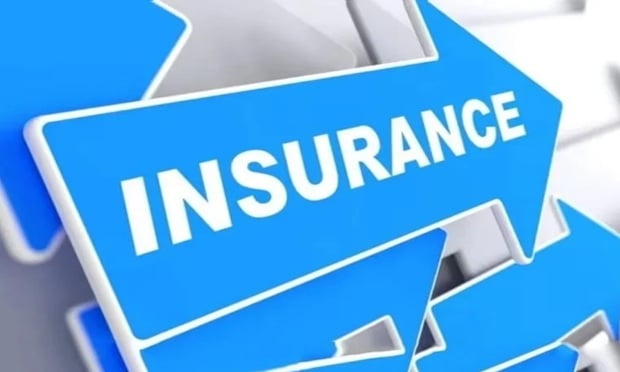Robert Wooley, commissioner of insurance for the State of Louisiana during Katrina, discusses with NU/PC360 Editor-in-Chief Shawn Moynihan the long days and nights following “The Storm,” the wisdom of not making unrealistic promises in the face of desperation, and lessons learned for the insurance industry from the most costly natural disaster in U.S. history.
Wooley, who has more than 20 years of extensive governmental relations experience, joined the multidisciplinary law firm of Adams and Reese in 2006 and serves on the governmental relations team of its Special Business Services Group.
Shawn Moynihan: Let’s talk about the days leading up to Katrina, because, as I understand it, you knew that it was going to be bad but nowhere nearly as bad as the storm was. There was really no precedent for a catastrophic event of that scale.
Recommended For You
Want to continue reading?
Become a Free PropertyCasualty360 Digital Reader
Your access to unlimited PropertyCasualty360 content isn’t changing.
Once you are an ALM digital member, you’ll receive:
- Breaking insurance news and analysis, on-site and via our newsletters and custom alerts
- Weekly Insurance Speak podcast featuring exclusive interviews with industry leaders
- Educational webcasts, white papers, and ebooks from industry thought leaders
- Critical converage of the employee benefits and financial advisory markets on our other ALM sites, BenefitsPRO and ThinkAdvisor
Already have an account? Sign In Now
© Touchpoint Markets, All Rights Reserved. Request academic re-use from www.copyright.com. All other uses, submit a request to [email protected]. For more inforrmation visit Asset & Logo Licensing.








